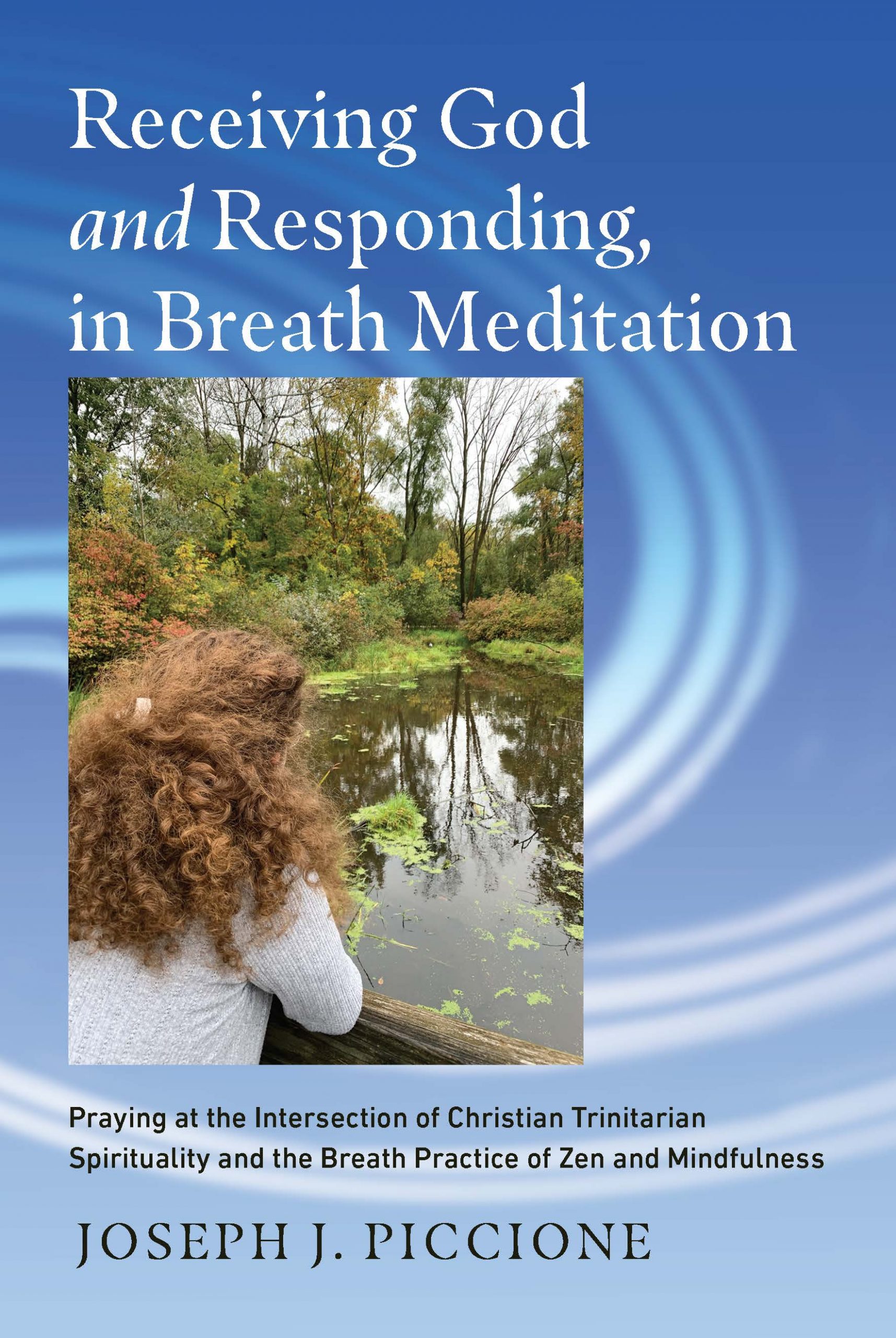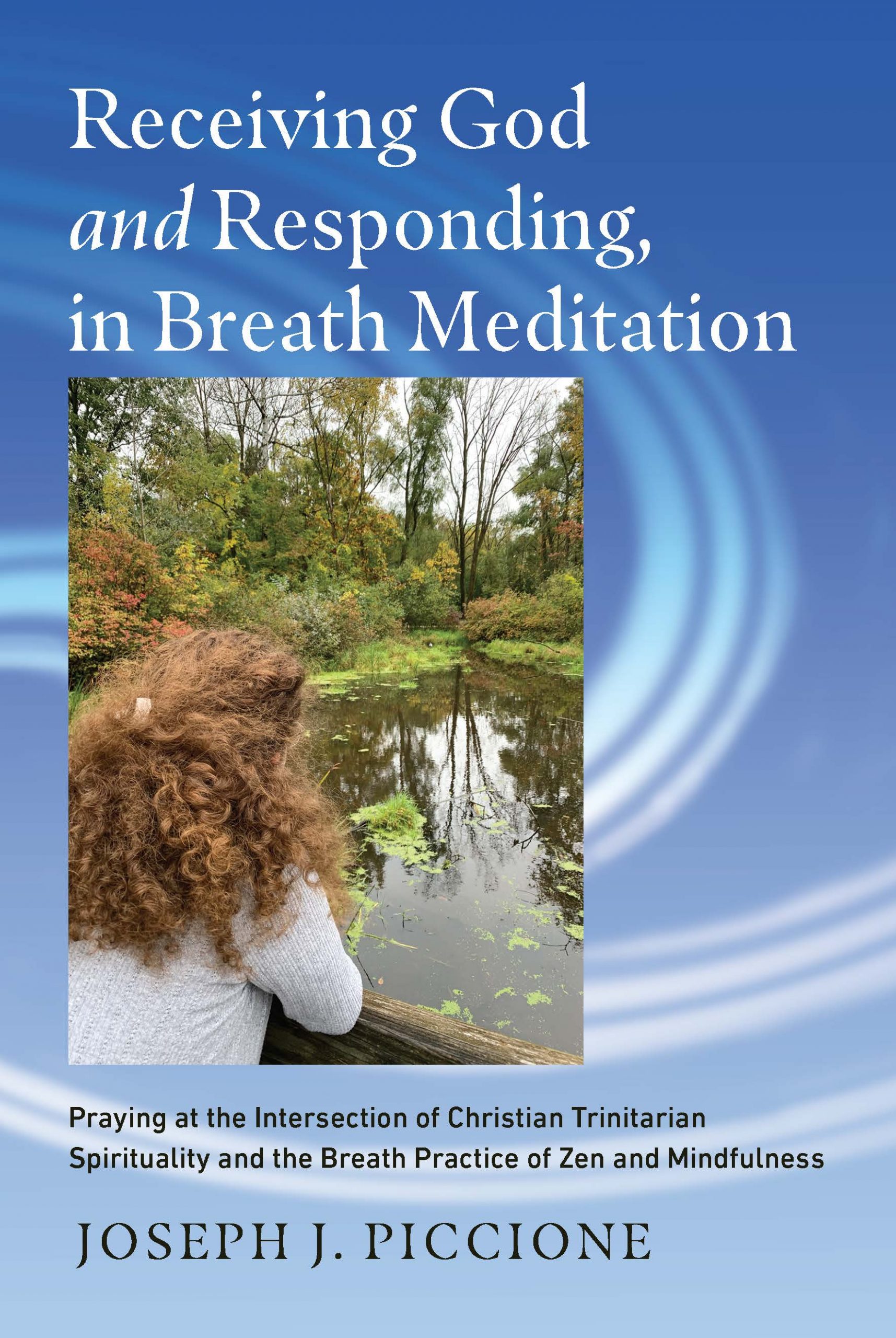- Title: Receiving God and Responding, in Breath Meditation
- Subtitle: Praying at the Intersection of Christian Trinitarian Spirituality and the Breath Practice of Zen and Mindfulness
- Page Count: 188
- Available Formats: Mobipocket (9780824501815), Cloth (9780824501808), Trade-paper (9780824598075)
- Trim Size: 6 x 9
- Publication Date: 01/06/2020
- BISAC 2 : RELIGION / Spirituality
- BISAC 3: RELIGION / Christian Living/Spiritual Growth
- Original language: English
- Retail US: Mobipocket (38.99), Cloth (69.95), Trade-paper (29.95)
- Retail Canada: Mobipocket (), Cloth (), Trade-paper ()
- Retail Canada: 39,95


